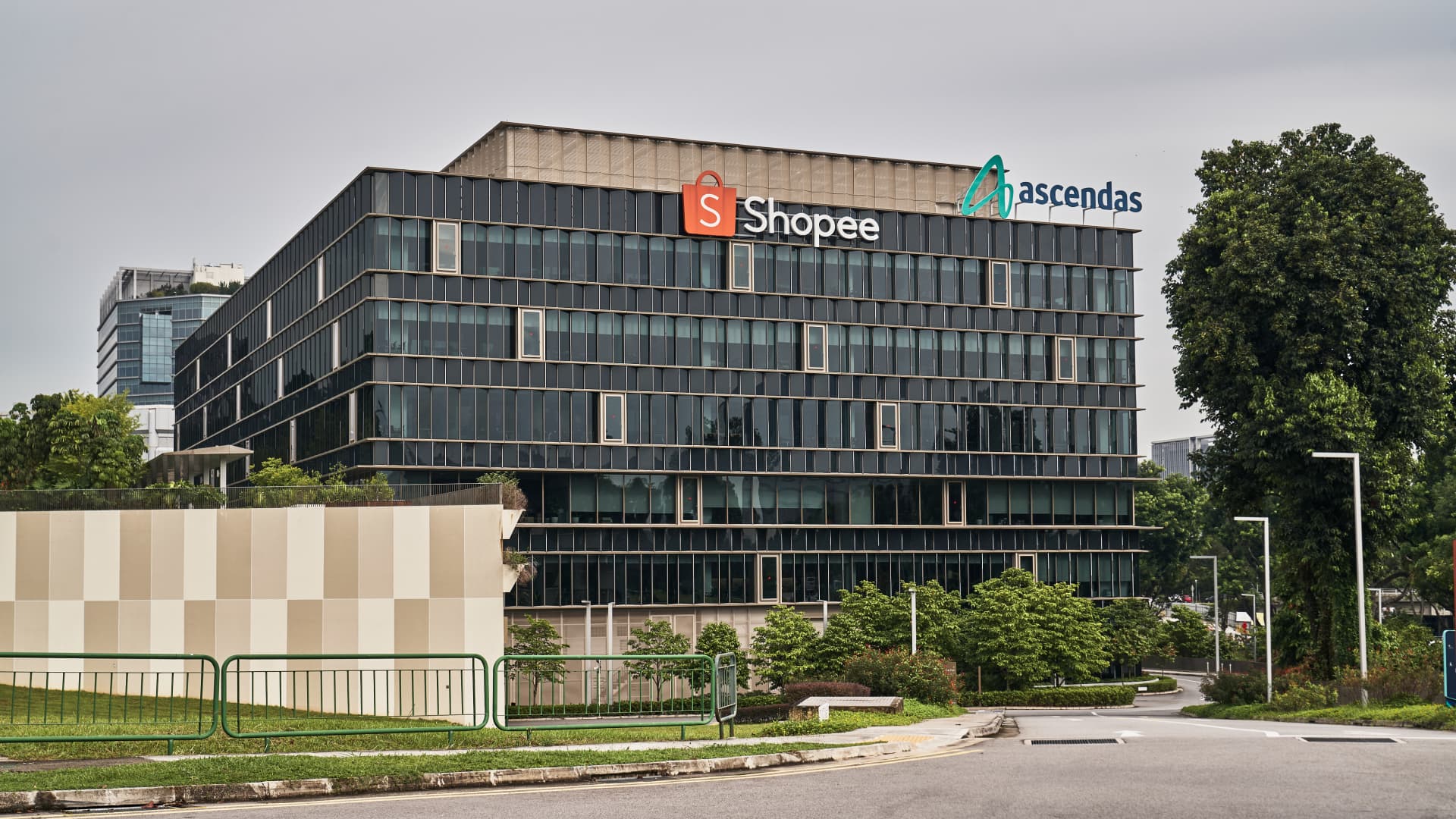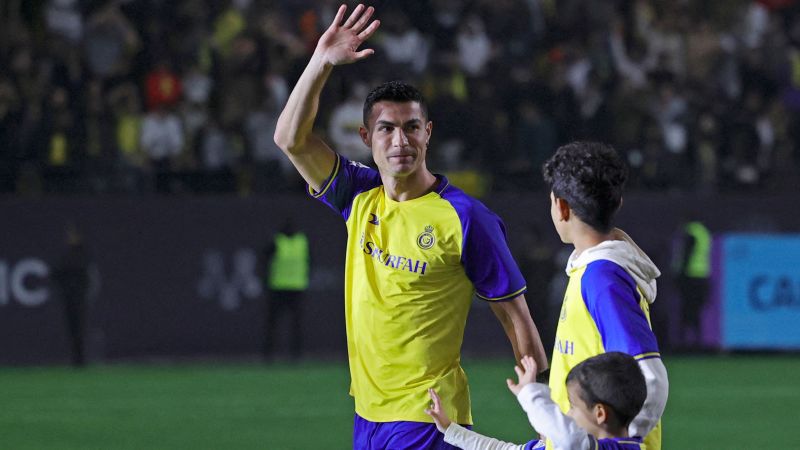Net profit for the three month-period fell to ₹3,924 crore from ₹10,514 crore a year earlier. The year-ago profit included earnings from discontinued operations such as Tata Motors Finance, making the decline appear sharper. The fall in quarterly profit was 30% when taking into consideration only the businesses that are continuing operations.
Profit marginally trailed the Rs3,972 crore estimate in a Bloomberg poll of eight brokerages.
A full-quarter US tariff impact and the planned wind-down of legacy Jaguar models dented profitability despite lower finance costs and efficiency gains in the domestic commercial vehicle (CV) business.
Revenue from operations fell 2.5% to ₹1,04,407 crore from ₹1,07,102 crore a year earlier. EBIT margin contracted 370 basis points to 4.3%, while EBITDA fell 35.8% to ₹9,700 crore.
“The demand situation is likely to remain challenging globally,” PB Balaji, group chief financial officer, Tata Motors Group, said in a post-earnings media call.He emphasised that Tata Motors will remain focused on strengthening the business fundamentals and mitigating the impact of tariffs by leveraging the brand strength.Balaji said the India business is expected to improve with the onset of the festive season later this month.
Revenue at Jaguar Land Rover (JLR) fell 9.2% to £6.6 billion during the quarter, with EBIT margin slipping 4.9 percentage points to 4.0%. Tariffs imposed by the US at 27.5% on UK- and EU-made vehicles through most of the quarter cost £250 million. From July 1, these duties are being lowered to 10% for UK imports and 15% for EU imports.
Balaji, who has been appointed as the new JLR CEO, cautioned that China’s recent 10% luxury goods tax, now applicable at a lower price threshold, will weigh on demand even though sequential margin improvement is expected through the year on the back of tariff relief, cost savings and product mix optimisation. This will help the company in maintaining its 5–7% EBIT margin guidance for FY26.
Tata Motors’ CV segment revenue fell 4.7% to ₹17,009 crore last quarter, but margins improved 60 bps to 12.2%, helped by better realisations and cost control.
Small CV volumes have stabilised, and heavy truck market share is poised for recovery, said Balaji. The CV turnaround to mid-teen margins remains on track, supported by upcoming launches and a focus on high-return capital allocation, he noted.
Tata Motors’ namesake passenger vehicle (PV) business posted an 8.2% revenue decline at ₹10,877 crore. EV penetration remained at 13%, while CNG vehicles accounted for 27% of sales.
The company expects new launches, including Harrier.EV, which received 10,000 bookings on its first day, and refreshed Harrier and Safari ICE models, to lift volumes during the festive season. In July, Tata Motors sold a record 7,000 electric vehicles.
The automaker ended the quarter with a free negative cash flow of ₹12,300 crore due to seasonal working capital needs, with net automotive debt of ₹13,500 crore.
Tata Motors reaffirmed plans to complete the CV business demerger by October 1, besides completing the €3.8 billion ($4.4 billion) acquisition of Italian CV maker Iveco Group’s non-defence operations in the first half of FY26.
Shares of Tata Motors closed 2.1% lower at Rs633.3 apiece on the BSE, underperforming a 0.95% fall in the benchmark Sensex.













